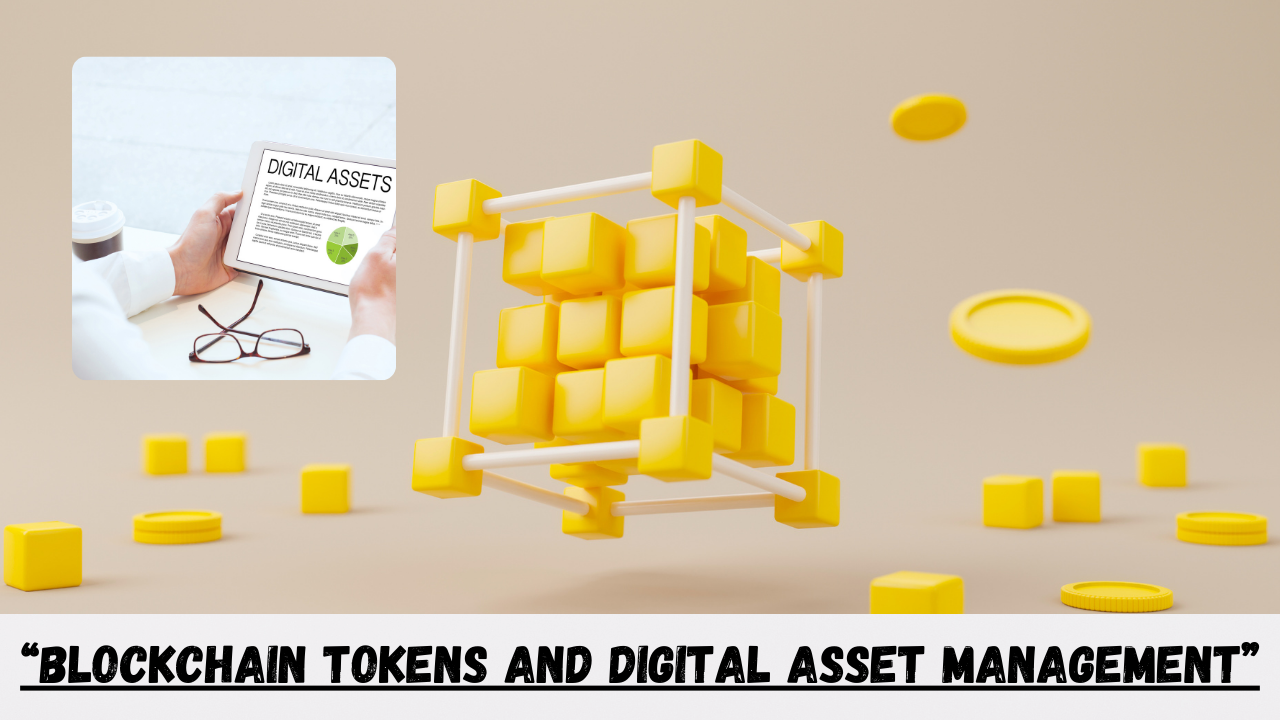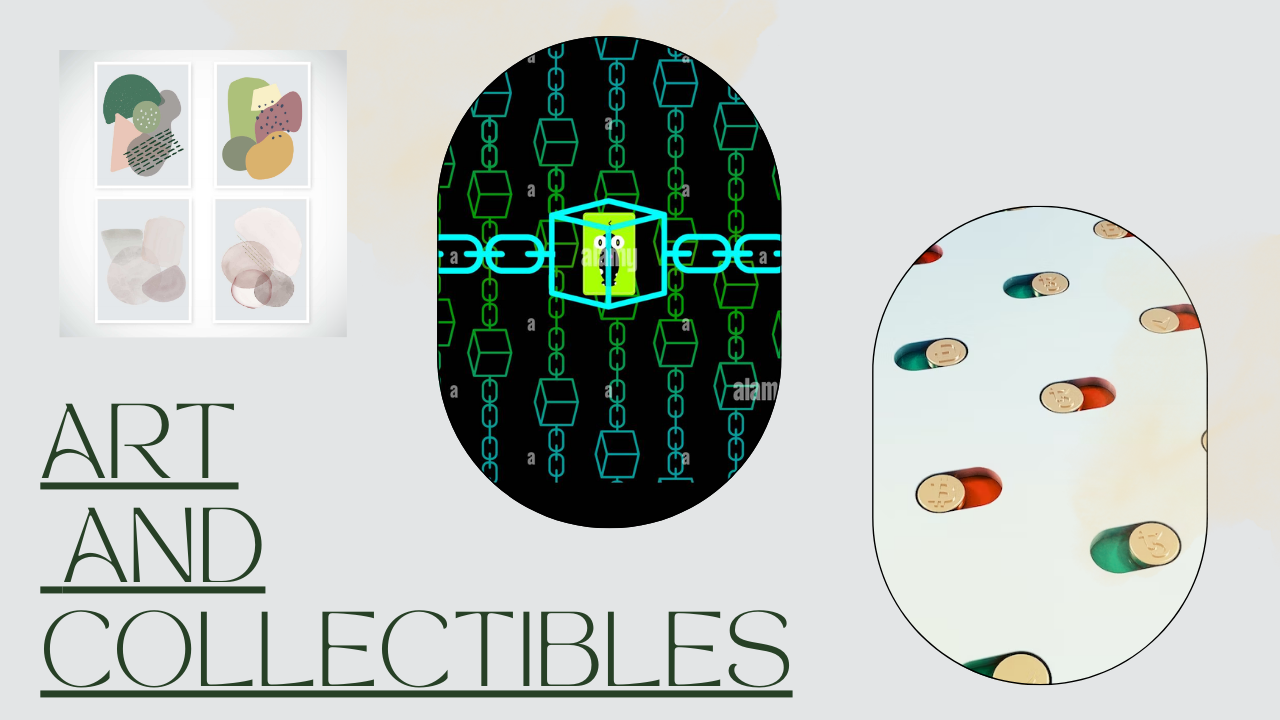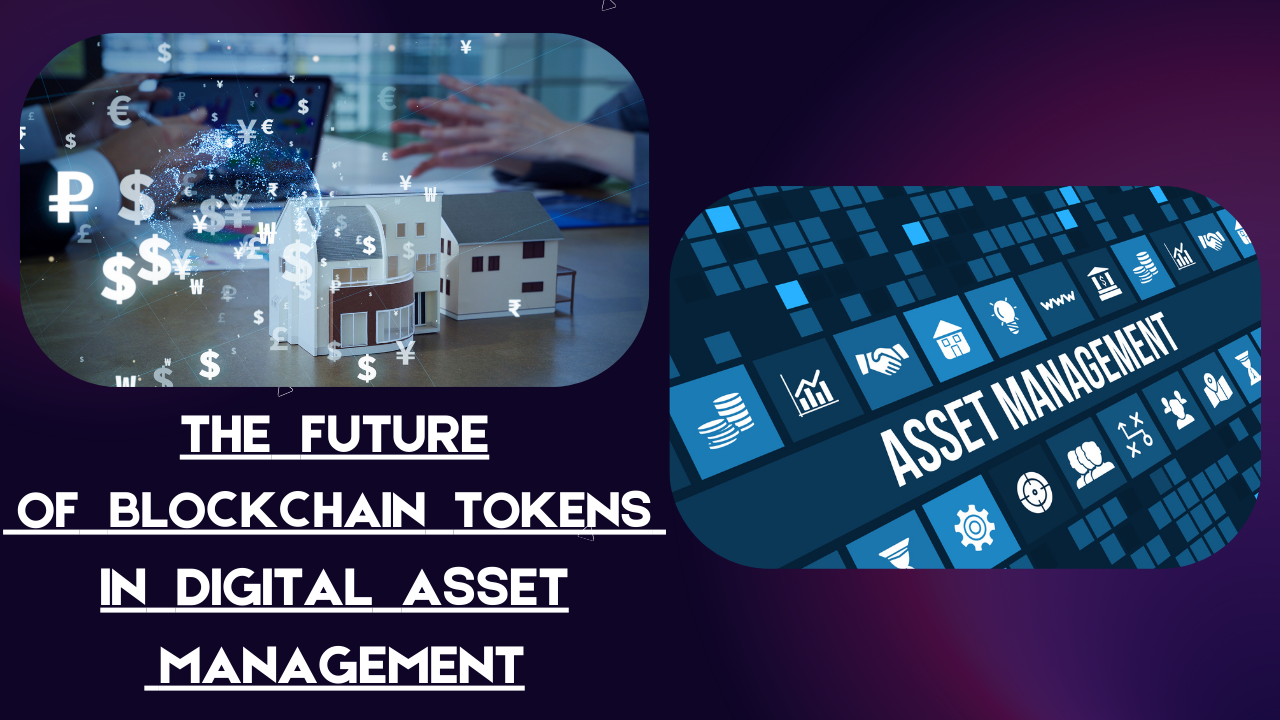Blockchain technology has rapidly evolved from being the backbone of cryptocurrencies to becoming a major force in revolutionizing the way digital assets are managed across various industries. One of the most impactful innovations to emerge from blockchain is the concept of tokens. Blockchain tokens have the potential to reshape how we create, manage, and trade digital assets, offering new opportunities for transparency, security, and efficiency.
In this article, we will explore how blockchain tokens are transforming digital asset management, the different types of tokens, and the real-world applications that are driving this revolution.
Understanding Blockchain Tokens
Blockchain tokens represent a unit of value or asset on a blockchain. Unlike physical assets, these tokens exist in a digital space and can represent ownership of tangible or intangible assets, including real estate, intellectual property, stocks, and even artwork. Tokens are created using smart contracts—self-executing contracts with the terms of the agreement directly written into code, ensuring that the token is secure and transparent.
Types of Blockchain Tokens
Blockchain tokens can be broadly categorized into two types:
Utility Tokens
These tokens are designed to provide access to a product or service within a blockchain-based platform. For example, Ether (ETH) is used to pay for transactions on the Ethereum network, while other utility tokens may grant access to decentralized applications (dApps) or platforms.
Security Tokens
Security tokens represent ownership or a stake in an asset, such as a company’s equity or real estate. They are subject to federal securities regulations, which make them a legally recognized form of ownership. Security tokens offer an alternative to traditional investment methods, providing a more efficient and transparent way to manage ownership.
Non-Fungible Tokens (NFTs)
Unlike utility and security tokens, which are interchangeable, NFTs represent unique digital assets. Each NFT is distinct and cannot be replicated, making them perfect for representing ownership of digital art, collectibles, and other one-of-a-kind items.
Blockchain Tokens and Digital Asset Management
Blockchain tokens are transforming the management of digital assets in several key ways:
Increased Transparency and Trust
One of the most significant advantages of blockchain tokens is the level of transparency they bring to digital asset management. Since all transactions are recorded on a decentralized ledger, anyone can verify ownership and track asset transfers in real-time. This level of transparency eliminates the need for intermediaries, such as brokers or escrow services, and builds trust between parties.
Enhanced Security
Blockchain’s decentralized nature ensures that digital assets are secure from tampering or hacking. Each transaction is encrypted and added to a block, which is then connected to the previous block in the chain. This structure makes it nearly impossible for malicious actors to alter or falsify records, providing a secure environment for asset management.
Tokenization of Assets
Tokenization refers to the process of converting ownership rights of an asset into a blockchain-based token. This process has opened up new possibilities for fractional ownership, allowing investors to buy and sell portions of an asset rather than the entire asset itself. For example, a piece of real estate can be tokenized, enabling multiple investors to own a fraction of the property. This democratizes access to high-value assets, which were previously only available to large investors.
Lower Costs and Faster Transactions
Traditional methods of managing digital assets often involve high fees and long processing times, especially when intermediaries like banks or brokers are involved. Blockchain tokens streamline this process by removing the need for intermediaries, allowing for peer-to-peer transactions. This results in lower transaction fees and faster settlement times, improving efficiency in asset management.
Smart Contracts and Automation
Smart contracts play a crucial role in the tokenization of assets. These self-executing contracts ensure that all conditions of a transaction are met before the transfer of ownership is completed. Smart contracts eliminate the need for manual intervention and reduce the risk of errors or fraud. For instance, when buying a tokenized real estate property, a smart contract can automatically release ownership to the buyer once the payment has been received, ensuring a smooth and secure transaction.
Real-World Applications of Blockchain Tokens in Digital Asset Management
Real Estate Tokenization
The real estate industry is one of the sectors that has benefited the most from blockchain tokens. Tokenization allows property owners to fractionalize ownership, making real estate investments more accessible to a broader audience. Platforms like RealT and Meridio have already started using blockchain to tokenize real estate properties, enabling investors to purchase shares in commercial and residential properties.
Supply Chain Management
Blockchain tokens are revolutionizing supply chain management by improving transparency and traceability. Tokens can be used to track the origin, movement, and condition of goods throughout the supply chain. This ensures that businesses can verify the authenticity of products and detect any issues such as counterfeiting or tampering. For example, luxury brands are using blockchain tokens to authenticate products and ensure that customers receive genuine goods.
Art and Collectibles
The art world has also seen a transformation with the rise of non-fungible tokens (NFTs). Artists can now tokenize their work, creating digital certificates of ownership and authenticity. This has opened up new revenue streams for creators and collectors alike. Platforms like OpenSea and Rarible allow users to buy, sell, and trade NFTs representing digital art, music, and other collectibles.
Financial Services
Security tokens are disrupting the financial services industry by providing a more efficient way to raise capital. Traditional fundraising methods, such as initial public offerings (IPOs), are often time-consuming and expensive. Security token offerings (STOs), on the other hand, offer a faster, more cost-effective alternative. Investors can purchase security tokens that represent ownership in a company or project, allowing them to trade these tokens on secondary markets.
Gaming and Virtual Assets
The gaming industry has embraced blockchain tokens as a way to manage in-game assets. Players can now own, trade, and sell virtual items using blockchain tokens. For example, games like Axie Infinity and Decentraland allow players to purchase NFTs representing in-game assets, such as characters, land, and equipment. This has created a thriving marketplace for virtual goods and has given players more control over their digital assets.
Regulatory Challenges and Opportunities for Blockchain Token
Despite the potential benefits of blockchain tokens, the technology faces regulatory challenges that must be addressed for widespread adoption. Different countries have varying regulations on how blockchain tokens, especially security tokens, should be classified and governed. Navigating these regulations can be complex, particularly when dealing with cross-border transactions. However, this also presents an opportunity for global regulatory bodies to collaborate and create standardized frameworks for blockchain-based digital asset management. As more governments recognize the potential of blockchain technology, there may be an increase in legal clarity that encourages broader adoption.
Tokenizing Physical Assets: Expanding Beyond Digital Space
While blockchain tokens are often associated with digital assets, their ability to represent ownership of physical assets is equally transformative. Tokenizing assets like real estate, fine art, or even precious metals allows for fractional ownership, making these traditionally illiquid assets more accessible to smaller investors. This trend has the potential to democratize access to high-value assets that were previously available only to institutional investors or the wealthy. Tokenization could lead to the creation of secondary markets for these assets, increasing liquidity and providing new financial opportunities.
The Role of Decentralized Finance (DeFi) in Digital Asset Management
Decentralized Finance (DeFi) is another area where blockchain tokens are creating a massive impact. DeFi platforms enable users to borrow, lend, and trade assets without the need for traditional financial intermediaries, such as banks. Blockchain tokens are used to facilitate these transactions, providing a transparent and efficient system for managing digital assets. The growth of DeFi has also led to the creation of new financial products, such as yield farming and liquidity pools, which offer investors new ways to generate income from their tokenized assets.
Trends in Blockchain Token Adoption
As industries continue to explore the use of blockchain tokens, several key trends are emerging. One notable trend is the growing interest in tokenized green assets, such as carbon credits and renewable energy projects. These tokens enable investors to support environmentally friendly initiatives while also gaining financial returns. Another trend is the development of tokenized intellectual property rights, allowing creators to monetize and protect their work in ways that were not possible before. As technology advances, we can expect more innovative uses of blockchain tokens that will further disrupt traditional asset management practices.
The Future of Blockchain Tokens in Digital Asset Management
The potential for blockchain tokens in digital asset management is vast, and we are only scratching the surface of what is possible. As the technology matures and regulatory frameworks become more established, we can expect to see even more industries adopting blockchain tokens for managing assets. The benefits of increased transparency, security, and efficiency will continue to drive innovation and adoption across sectors.
With advancements like tokenization, fractional ownership, and smart contracts, blockchain tokens are poised to revolutionize how we manage, trade, and invest in digital assets. Whether it’s real estate, art, supply chain management, or financial services, blockchain tokens are reshaping the future of asset management and democratizing access to investment opportunities for all.
Conclusion
Blockchain tokens are changing the way we think about digital asset management, offering a more secure, transparent, and efficient way to handle ownership and transactions. As adoption grows and technology continues to evolve, blockchain tokens will play an even larger role in shaping the future of industries across the globe. From real estate to finance, and gaming to art, blockchain tokens are paving the way for a more decentralized and democratized approach to managing digital assets.
FAQs
What are blockchain tokens?
Blockchain tokens are digital assets that represent ownership or a specific utility within a blockchain network. They can be used to represent both tangible and intangible assets, including cryptocurrencies, real estate, art, and services.
How do blockchain tokens revolutionize digital asset management?
Blockchain tokens enable decentralized ownership, transparency, and secure transactions. They eliminate intermediaries, reduce transaction costs, and enhance liquidity for traditionally illiquid assets like real estate and fine art through tokenization.
What are security tokens, and how do they differ from utility tokens?
Security tokens represent ownership in a financial asset and are regulated as securities. Utility tokens, on the other hand, provide users with access to a product or service within a blockchain platform and are not considered investment assets.
What role does tokenization play in physical asset management?
Tokenization allows physical assets like real estate or art to be divided into smaller ownership portions. This enables fractional ownership, making traditionally expensive and illiquid assets more accessible to a broader range of investors.
What are the potential risks involved with blockchain tokens?
Risks include regulatory uncertainty, security vulnerabilities, and market volatility. Ensuring compliance with international laws and securing blockchain networks are critical to mitigating these risks.
